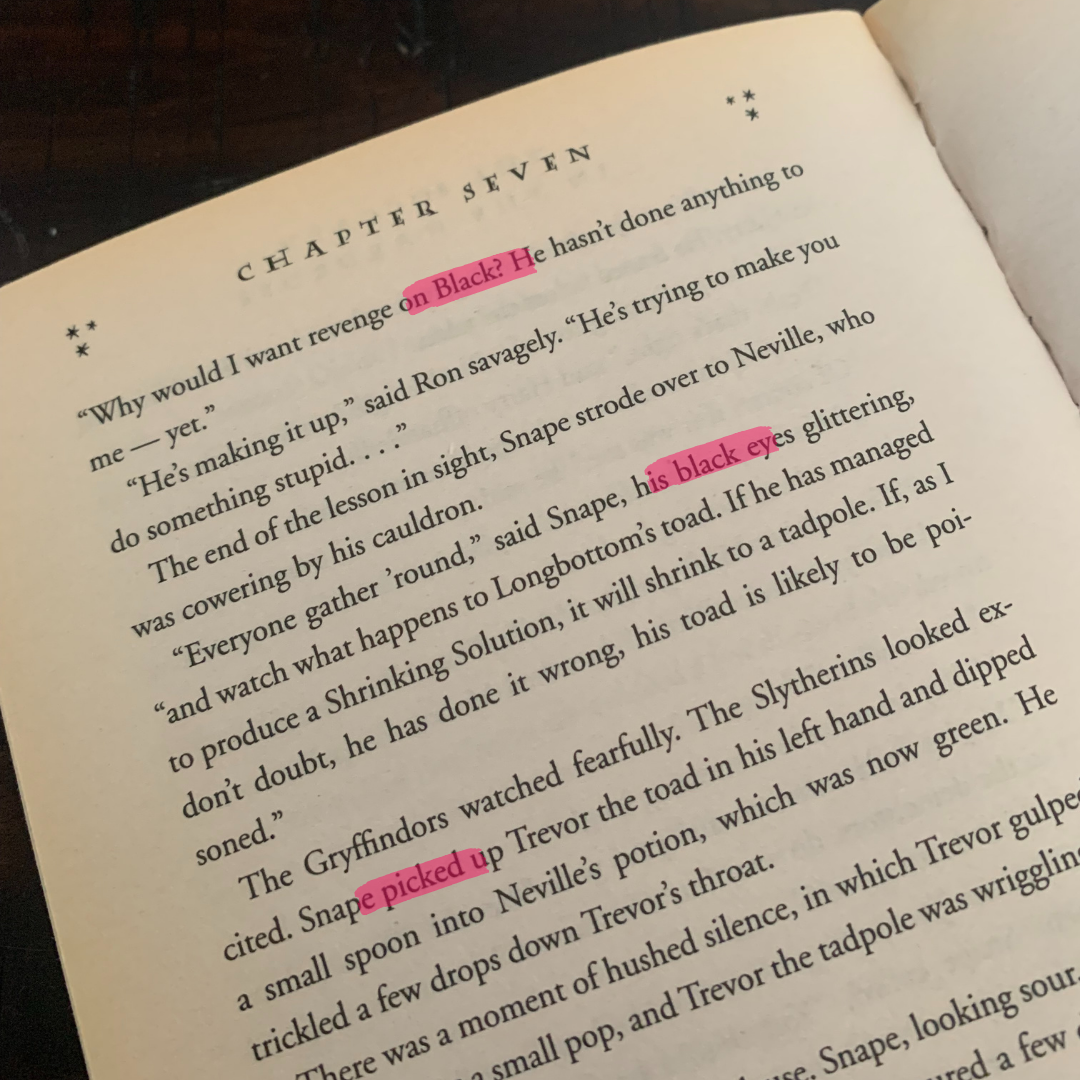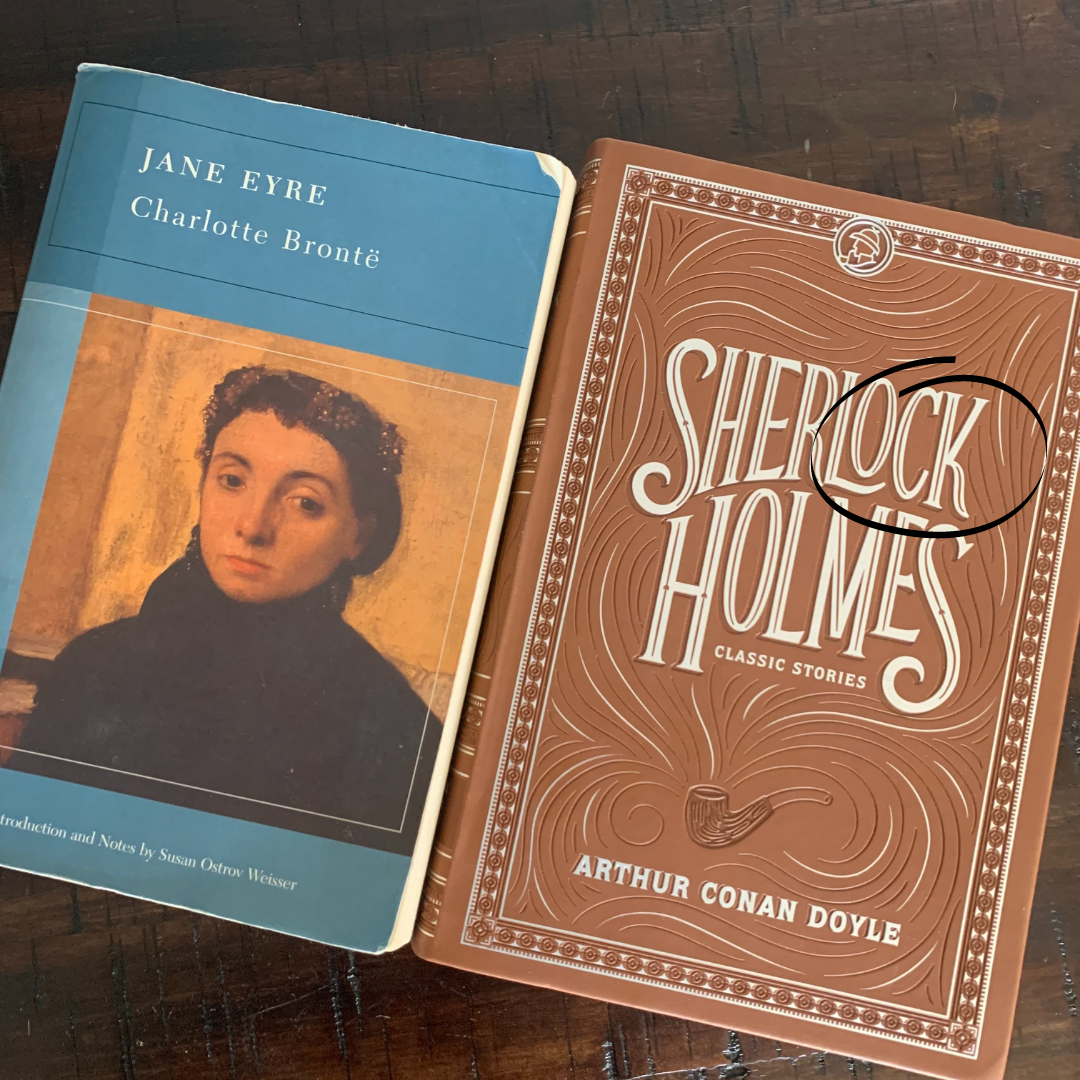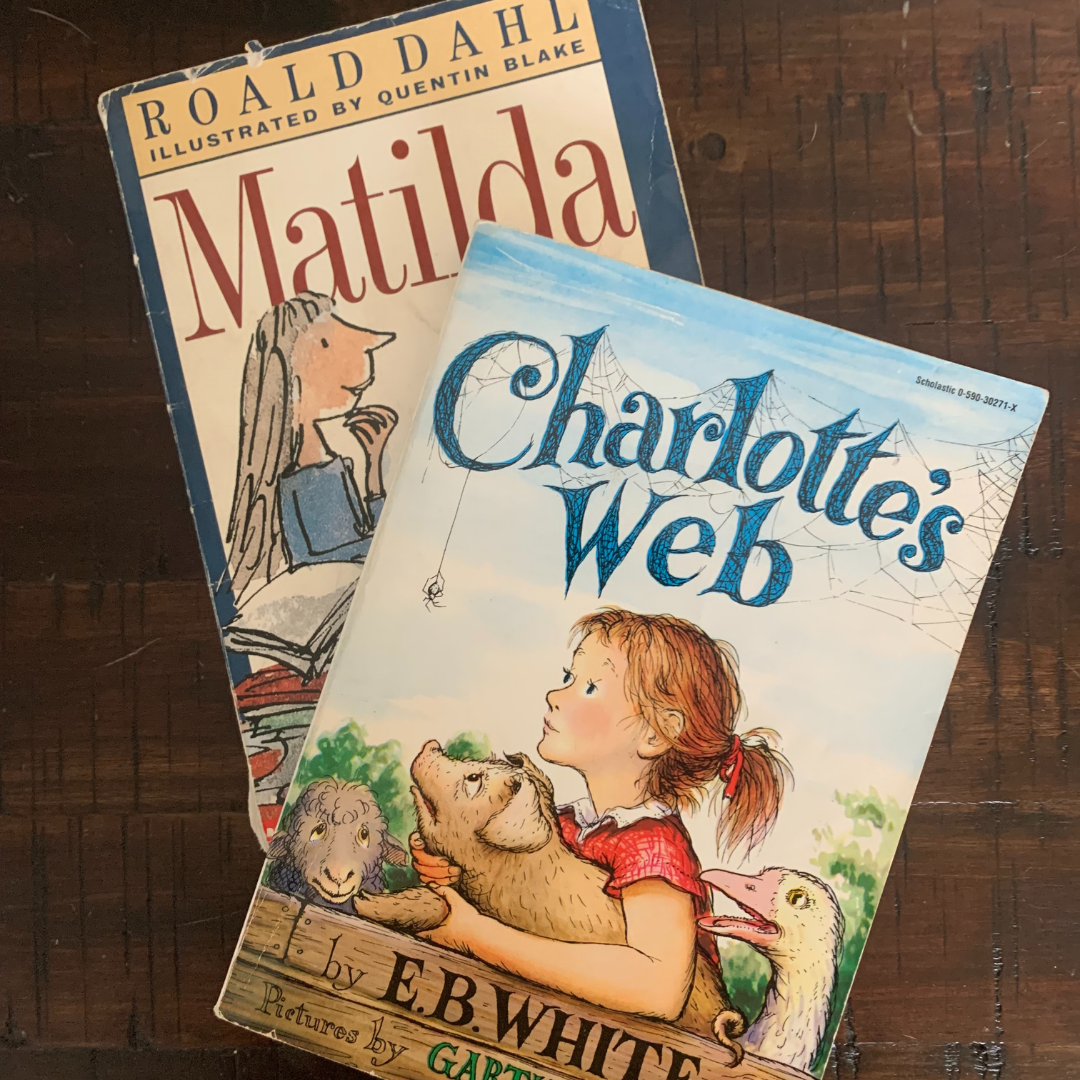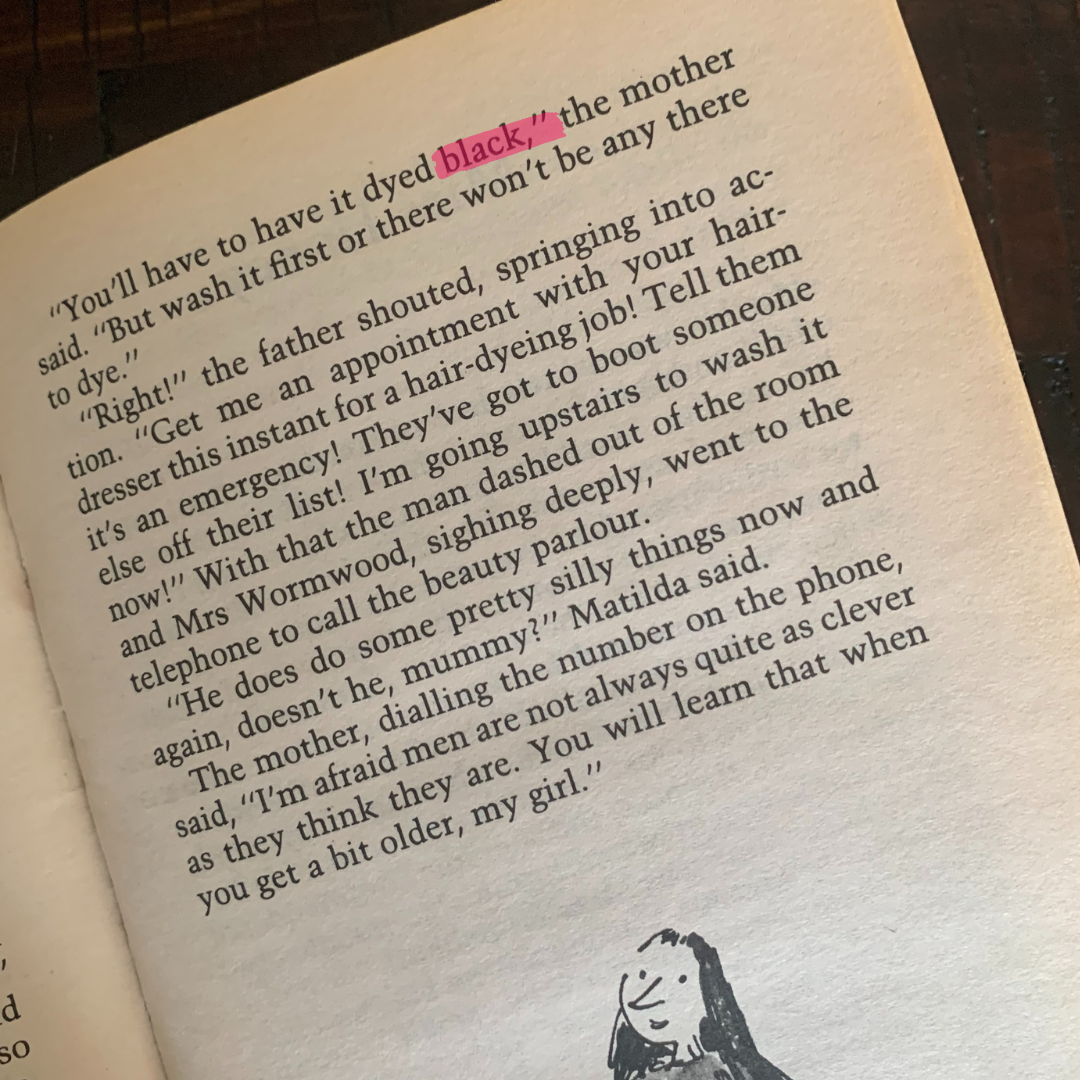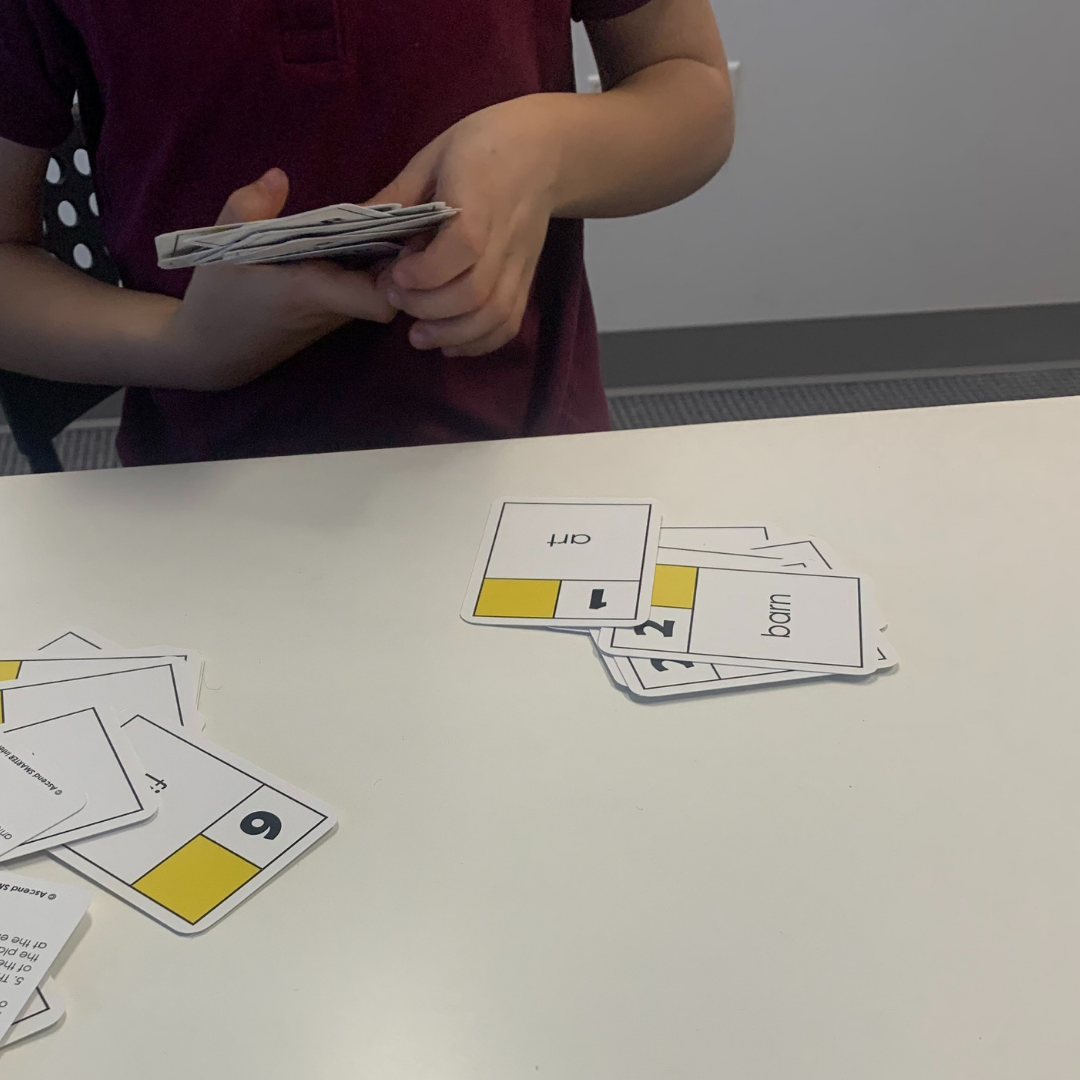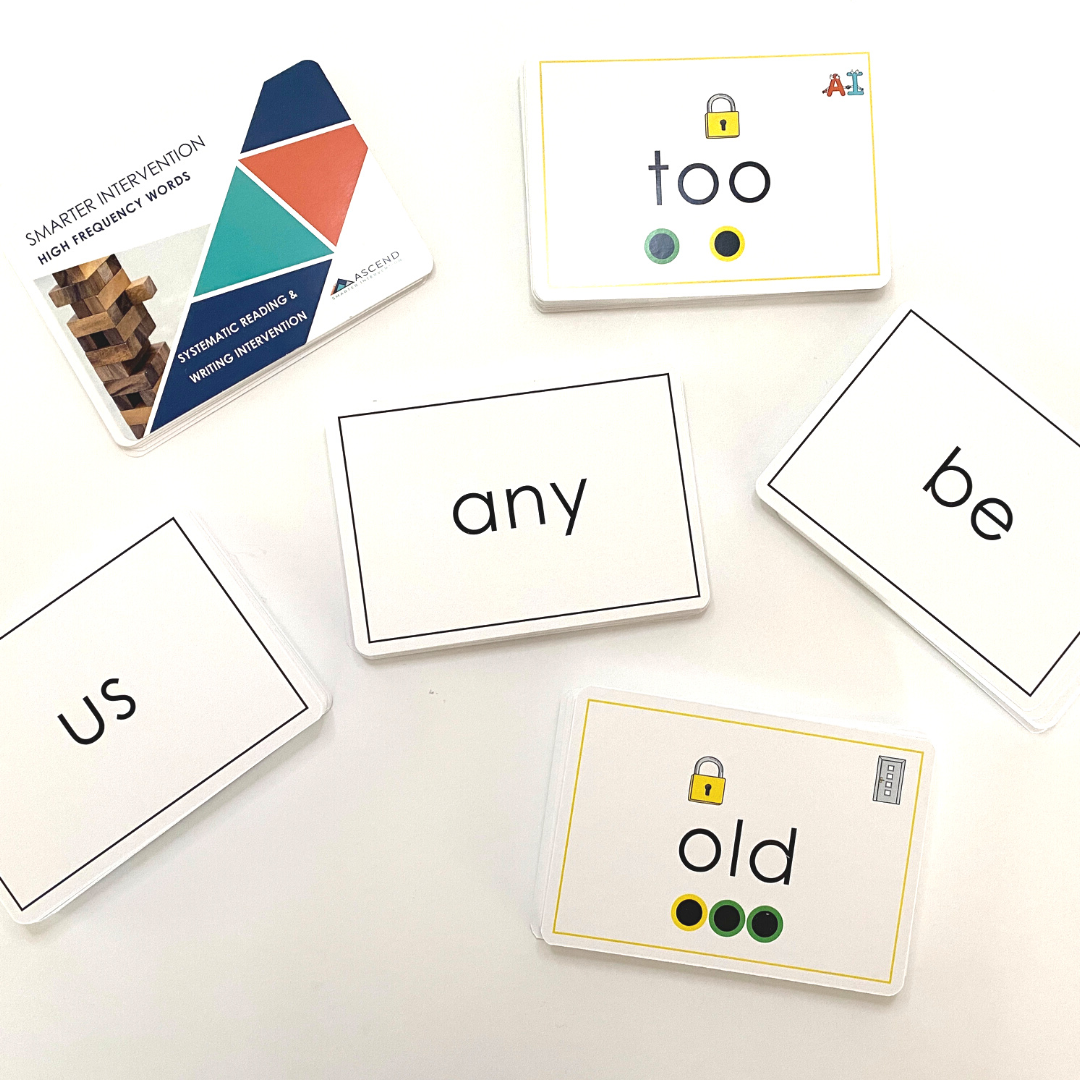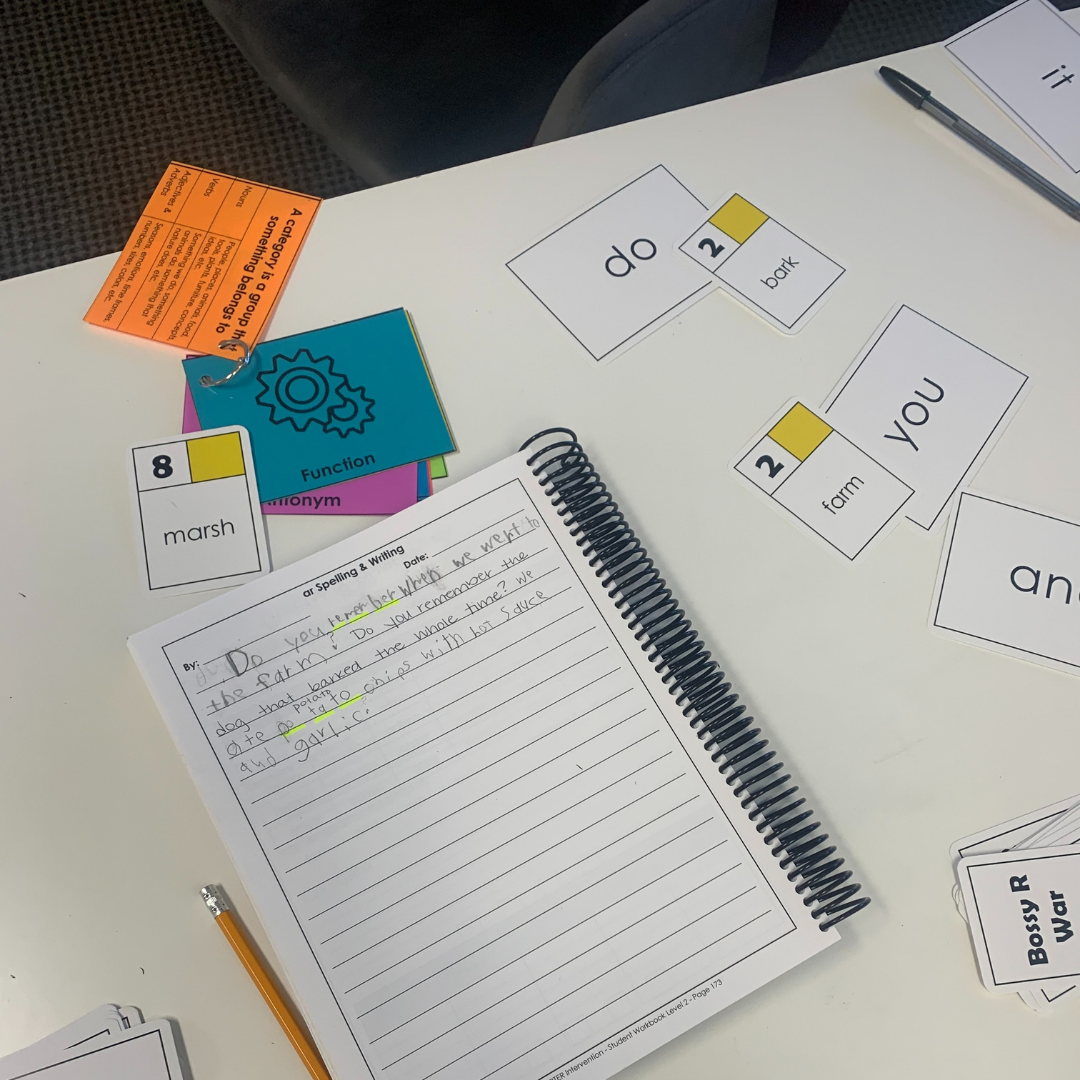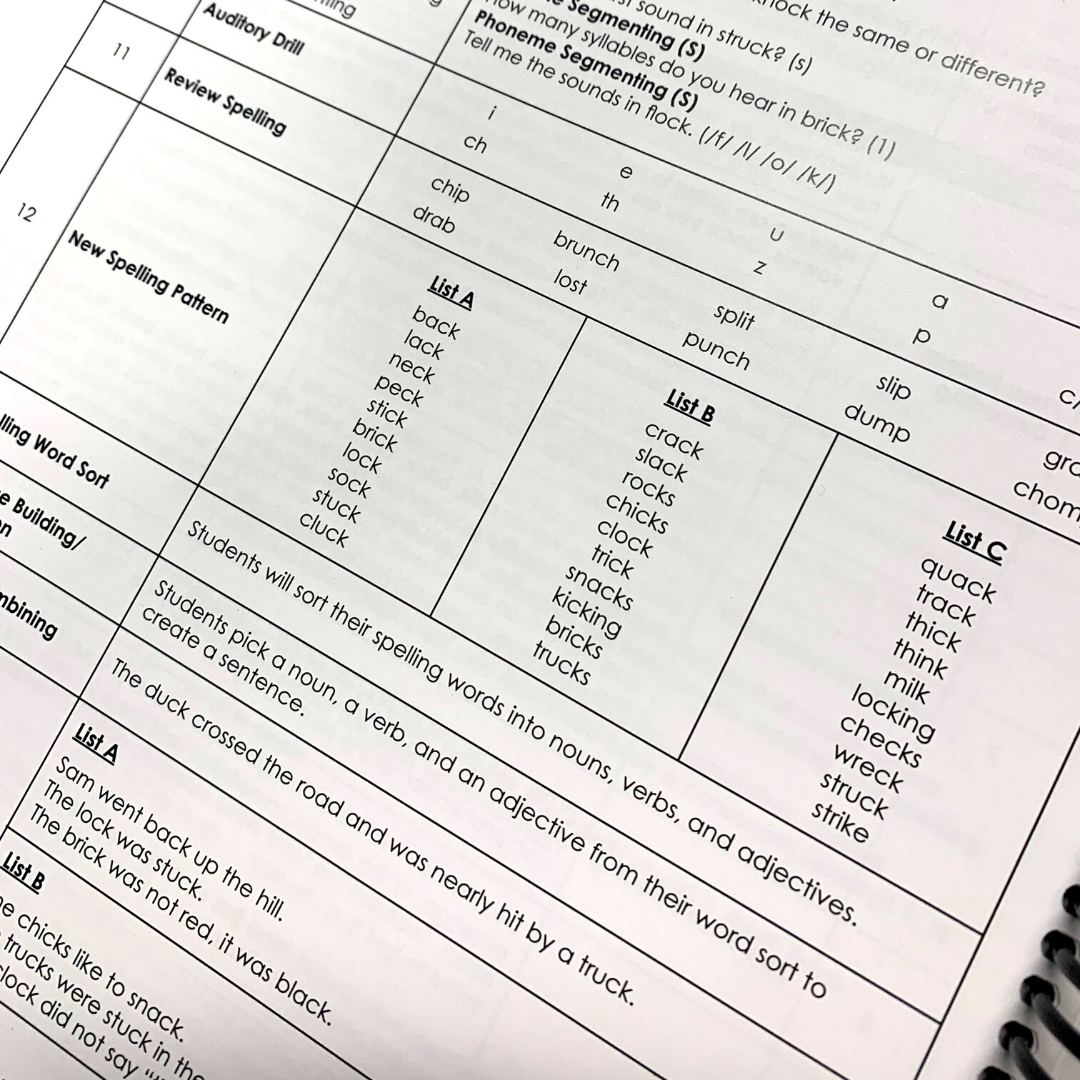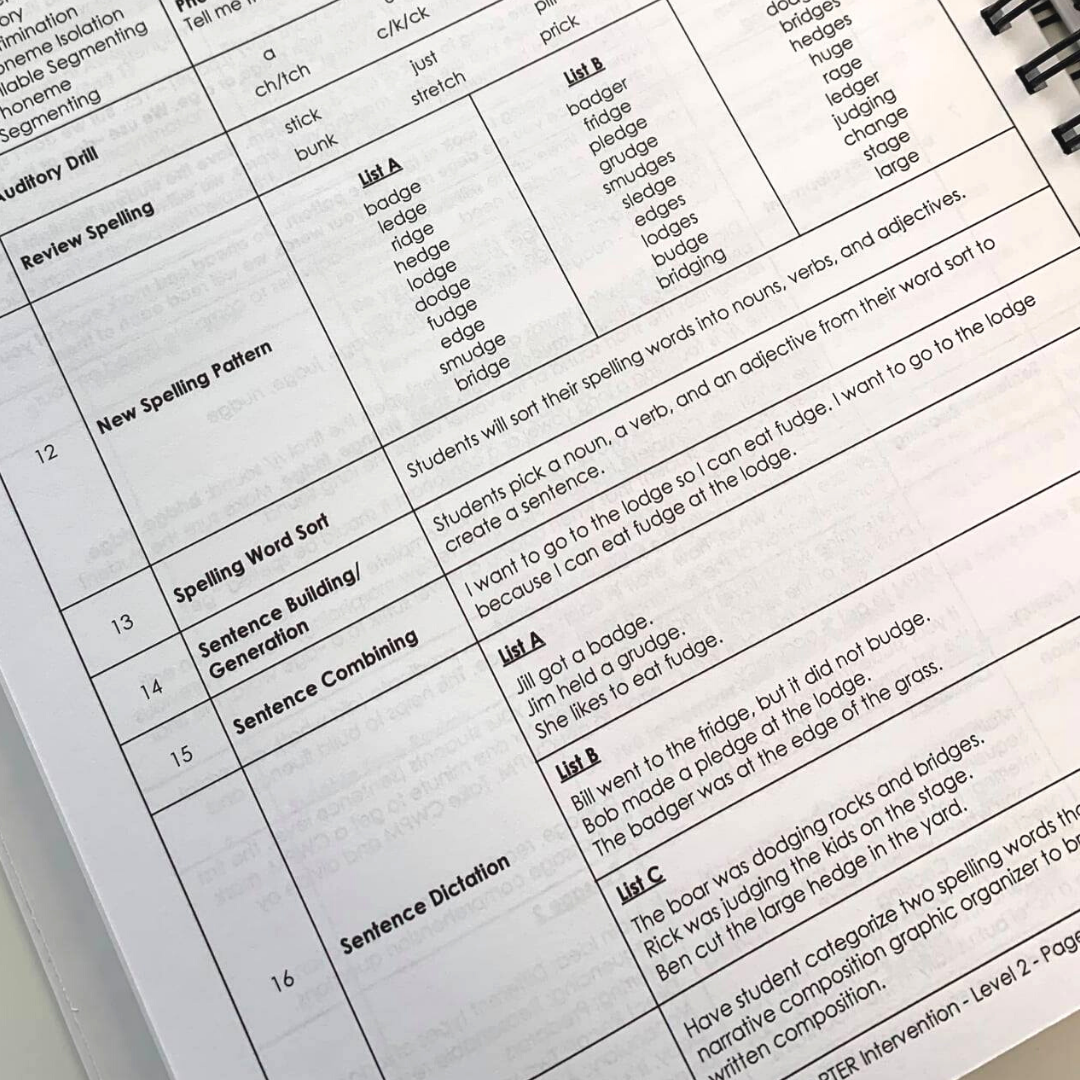How to Support On Grade Level Students (and above) Using the Science of Reading
Hi Friend,
If you have been following along with our recent blogs, then you have heard us talk about the different reasons students may struggle to read. (If you haven’t seen these yet - no worries! You can find them >>here.<<)
All month long, we are going to take a deeper look at these struggles and discuss actionable strategies and resources we can use to support our different groups of students. As we share resources, we will include a few affiliate links. If you choose to purchase any of the resources through these links we do receive a small commission. We promise that we only include resources that we love and use in our office every single day!
Today, we are going to discuss strategies to best support Group A, our on-level readers.
When looking at this grid, students in group A have strong word recognition and strong language comprehension.
These are our “on-grade level” readers.
Now, if you are working as a reading interventionist or SPED teacher, you may not see these students often as they don’t appear to need a lot of additional support when it comes to reading. This doesn’t mean, however, that there aren’t ways we can support these children to help them unlock their highest potential.
Do the Science of Reading strategies apply to on-level readers?
Yes! Absolutely!
So you might be wondering…
…what should instruction look like for on (or above) grade level students?
When thinking about the instruction we are providing in our classrooms, direct, explicit instruction is NECESSARY for the majority of our students. The great news? Everyone benefits from this type of instruction, (even those on and above grade level students).
Systematic and explicit instruction benefits EVERY student.
Think about it - when you were a child, were you taught that we use -dge at the end of a single syllable word after a short vowel? Or how about that we use -ck at the end after a short vowel and -k after a consonant? I wasn’t! It wasn’t until I was learning to teach explicitly that I heard of these rules. I could read and write at grade level growing up, but knowing rules like this would have made spelling so much easier for me!
So what does this mean for classroom instruction?
The more we can incorporate direct, explicit, and systematic instruction into our classrooms, the better we can serve all of our students.
You can see an example of what explicit, systematic lessons look like here:
When teaching a new concept, Group A students will benefit from exposure to this instruction, and then from opportunities to generalize their knowledge to more complex tasks.
How to differentiate up for students who need more of a challenge.
Authentic literature is a great way to have students generalize their knowledge to higher-level materials.
If we are teaching students that we use -ck at the end of a word after a short vowel, our on-grade level readers benefit from this direct instruction but then often need something a bit more challenging than reading word lists & passages. This is where we love to incorporate authentic literature.
Whether we have a specific book we are working on, or maybe the student has a book they are reading at school or at home, we ask them to find the ‘ck’ patterns within the book so that they can see how their phonics knowledge generalizes. Then, they can use that book to support on-grade-level work. This can be done with our youngest readers through our most advanced readers. Check out the pictures below to see how this activity looks at different reading levels.
Generalization is key for ALL students so we don’t keep this activity exclusive to our on-grade-level readers but we will talk about that more in the coming weeks!
While these students read on grade level, what does their writing look like?
Something else to consider with our Group A students is whether their writing is on grade level, too.
Far too often, writing is assumed to mirror a student’s reading ability (they are reciprocal processes!). The reality is, however, that students CAN and often do have a gap between their reading and writing abilities.
For students who read on grade level, it is critical that we assess & support their writing as well.
We like to do this by having them spell with the new phonics pattern, create sentences using this pattern, and even write stories with keywords that involve the pattern they have learned.
This student is using our Syllable Type Match-It game to target “red lock words” (words with a phonetically irregular pattern) and vowel teams in her writing. You can grab this card game >>here.<<
One of our favorite ways to practice writing development…
…(while keeping it aligned with the rest of the class or the phonics pattern being taught) is to turn it into a game!
We love using card decks (that align with a specific phonics pattern or literacy skill) and having students pick a card. Then, they need to write a sentence that uses that word. After that sentence is complete, the same student, the next student, or the instructor will pick a card and have to write a new sentence (using that word) that continues the story. This is continued until all students in the group have gone, or for as long as the instructor deems appropriate.
In the picture on the right, the student was targeting vowel teams and words with irregular patterns in her written response.
If you are working on multiple skills, you can also use two decks! In this photo, the student had to pull one AR word and a high-frequency word to use in his sentences.
You can grab our reading games (including this R-Controlled War game) and our high-frequency word card decks >>here.<<
To help us keep these games organized & within reach, we love using this cart from Amazon. The top shelf is customizable so that you can choose how big/small you want the compartments to be and it is a great space to store everything you need for activities like these. You can also move the cups & hooks around so that the cart is set up exactly as you want it.
You can find this cart >>here.<<
You can also differentiate your spelling tasks for these students if they need more of a challenge. For students who need something harder, consider adding more difficult words (like incorporating the word “milk” or “think” into their list from the -ck lesson, or adding suffixes.
Stay tuned next week as we begin diving into our other groups. In the meantime, if you want more information about structured literacy intervention and what the research actually supports, grab our Science of Reading Blueprint. This blueprint will help you understand the 3 key scientific models that drive effective literacy instruction, learn how to integrate the research into practice, and provide simple checklists that will help you weave the science of reading into your instruction.


